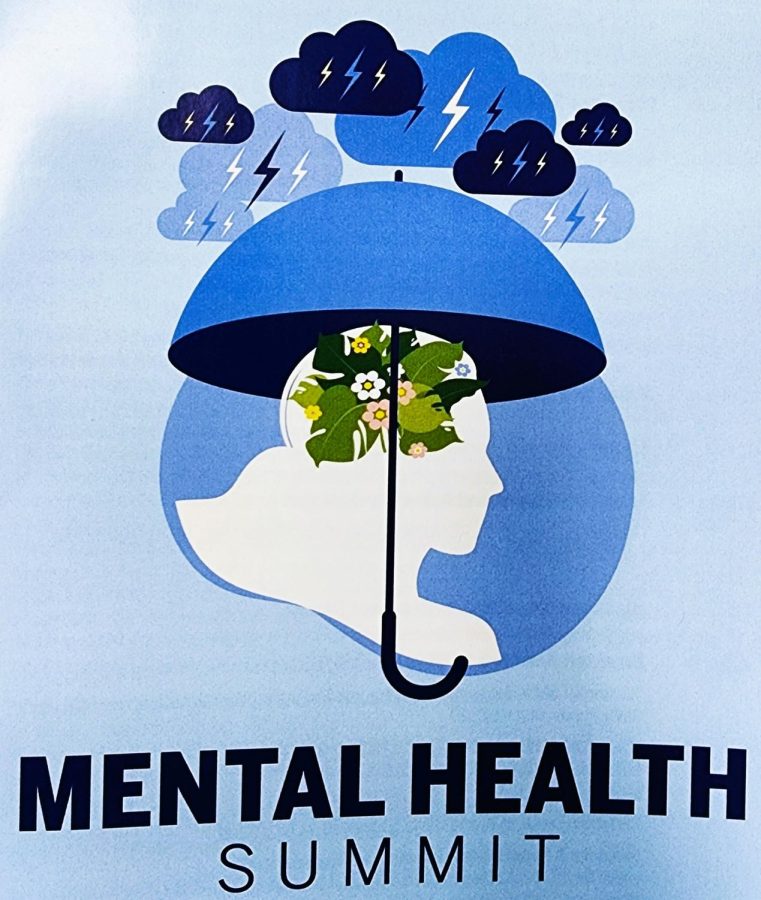
The Sex and The Brain Workshop was held at the University Center North, room 127, on Feb. 14. This event was hosted by the IUS Psychology Club. The presenter of the workshop was Meghan Kahn, assistant professor of psychology, who specializes in the brain. About 85 students attended this workshop.
Several topics arose in discussion at the workshop. Kahn presented a Power Point on sex and how it affects the brain. She gave comparisons to how animals attract mates and how far they will go to in order to attract one another.
Kahn compared the behavior of humans showing how they were similar and how they differ from one another.
The first topic discussed was what makes Mr. Right? Kahn spoke about how the Irish Elk is a skeleton of an extinct animal. The antlers of the elk are orientated for female attraction. The male is attracting the female based on the size of his antlers.
“In the majority of animals, the female is the one that makes all the decisions,” Kahn said.
Another animal that was discussed was the Bowerbird. Male Bowerbirds attract females by building or decorating a nest.
Then, the female Bowerbird comes around and inspects the male’s nest based on the neatness.
Another animal discussed was the Woodcock. The Woodcock flies, making its wings arch to attract females.
Another topic that arose was how the influence of smell plays an important factor of how humans attract mates.
Women use the influence of smell to find out the compatibility of the immune system of a man. Usually, the men that have the best immune system are the ones that are most desirable to procreate with.
Men that are more symmetrical are considered to be the most attractive. Women can smell how symmetrical a man is — an experiment mentioned in the discussion proved this to be true.
Kahn said smells have the ability to transport someone into a different state of mind.
“If you think Axe is sexy, you associate it with something sexy,” Kahn said. “Axe is not necessarily as sexy as it is perceived in TV commercials.”
Another topic that arose in the discussion was if the brain plays a role in arousal.
The hypothalamus gives someone the desire to eat what he wants to eat. It also drives a person, male or female, to engage in sexual activity.
The pre-optic area is a portion of the hypothalamus that drives people to reproduce, causes stimulation and causes foot fantasies.
Kahn said there are neurons in the brain that control feet, which are next to the neurons that control genitalia. This is why touching toes can cause stimulation in the genitals.
Even when people get amputations and have phantom limbs, they still feel stimulation from their genitals.
Another topic that arose in the workshop was chemicals of love.
The two chemicals of love are serotonin and dopamine. Serotonin is a chemical that acts as a neurotransmitter it relays signals to one area of the brain to another. Dopamine is also a neurotransmitter that aids the brains reward and pleasure centers. These chemicals are responsible for everyday experiences.
Once these chemicals get in the blood stream they form arousal, an erection, then, ejaculation.
Another topic was oxytocin, also known as the cuddle hormone. It is known as the cuddle hormone due to its influence on maternal behavior.
This hormone is linked to social engagement and the bond between the mother and child.
This hormone occurs naturally, but it can be found in nasal sprays, which are also used to treat anxiety disorders.
Sunnye Bush-Sawtelle, psychology senior, had a few words to say about the workshop.
“I was interested in the neurological connections to romantic phenomena that we usually don’t think about, especially the fact that symmetrical people may smell better,” Bush said. “It was very entertaining — a perfect Valentine’s Day event.”
By LYNN BAILEY
Staff
lfbailey@ius.edu






